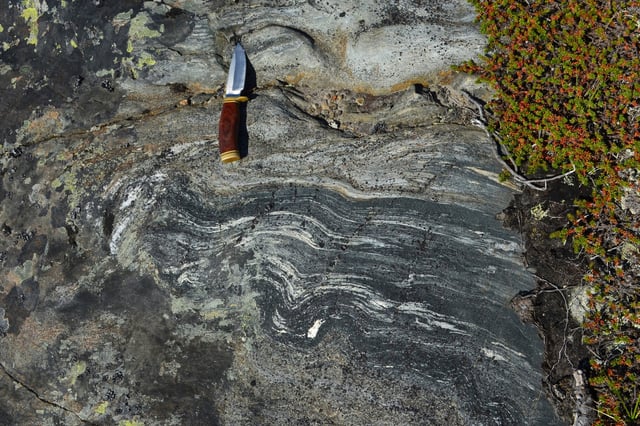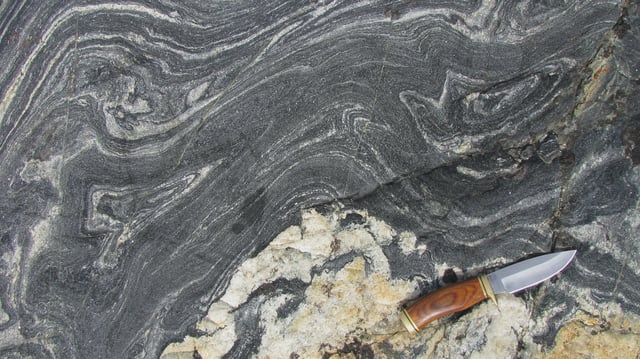Overview
- The June 26 study in Science sampled an intrusion of ancient magma within the Nuvvuagittuq Greenstone Belt and applied two distinct samarium-neodymium dating techniques to yield identical ages of 4.16 billion years.
- These concordant dates resolve earlier conflicts in which one samarium clock suggested younger ages due to isotope resetting or contaminant mixing.
- If confirmed, the Nuvvuagittuq rocks would be the oldest preserved fragments of Earth’s crust, providing direct chemical records from the planet’s earliest eon.
- Some geochemists remain skeptical, cautioning that complex early-Earth processes and mixed rock histories could still complicate a definitive Hadean classification.
- The Inukjuak Inuit community has paused further sampling and is working with researchers to establish a provincial park to protect the fragile outcrop.



